Pigmentation
Pigmentation
sun damage
Pigmentation refers to the colouring of the skin, determined by the amount and type of melanin produced by melanocytes in the epidermis. While pigmentation gives the skin its natural tone, pigmentation disorders can lead to uneven skin colour.
Hormonal changes can also trigger pigmentation issues. Conditions such as melasma are often caused by hormonal fluctuations, commonly seen in pregnant women (often referred to as the “mask of pregnancy” – melasma) or those on hormonal contraceptives. These changes can cause dark, irregular patches, typically on the face.
Inflammation is another factor that can lead to pigmentation changes. Post-inflammatory hyperpigmentation (PIH) can occur after an injury or inflammation of the skin, such as acne, eczema, or psoriasis. The skin overproduces melanin in response to the injury, resulting in dark spots once the wound heals.
Understanding the causes and mechanisms behind pigmentation can help in managing and treating these skin concerns. While some pigmentation issues are purely cosmetic, others can indicate underlying health problems and may require medical attention. Treatments range from topical agents like hydroquinone and retinoids to procedures such as laser therapy and chemical peels, tailored to address the specific type and cause of pigmentation.

At our Perth clinic, Academy Face and Body brings extensive expertise in facial aesthetic treatments, providing surgical, non-surgical, laser and dermal options tailored to diverse skin types and concerns. Commitment to skincare is crucial for maintaining skin health and addressing specific issues. Our dedicated team conducts thorough assessments to craft personalised treatment plans, ensuring your skin achieves its intended radiance.
WHAT IS PIGMENTATION?
Pigmentation issues can occur due to various factors, leading to either hyperpigmentation (darkening of the skin) or hypopigmentation (lightening of the skin). One of the most common causes of pigmentation changes is sun exposure. Ultraviolet (UV) radiation from the sun stimulates melanocytes to produce more melanin as a protective response. Overexposure can lead to sunspots, also known as solar lentigines, which are small, darkened patches on the skin.
Certain medical conditions can affect melanin production and distribution, leading to changes in skin pigmentation. For example, Addison’s disease or hemochromatosis can cause hyperpigmentation. Additionally, some medications and chemicals can induce skin discolouration. Drugs including chemotherapy agents, antibiotics, and antimalarials can cause changes in pigmentation, and exposure to certain chemicals can also result in skin discolouration.
Genetic factors play a significant role in determining one’s baseline skin colour and susceptibility to pigmentation disorders. Conditions such as vitiligo result in hypopigmented patches due to the loss of melanocytes.
While pigmentation is a natural and essential aspect of skin health, concerns arise when there are irregularities or imbalances in melanin production. These concerns can manifest in various ways:
- Hyperpigmentation
This occurs when there is an excess production of melanin, leading to darker patches or spots on the skin. Common types of hyperpigmentation include sunspots (caused by sun exposure), melasma (often due to hormonal changes), and post-inflammatory hyperpigmentation (resulting from skin trauma like acne or eczema). - Hypopigmentation
In contrast, hypopigmentation refers to areas of the skin that are lighter than the surrounding skin due to decreased melanin production. Conditions like vitiligo, albinism, and certain types of fungal infections can cause hypopigmentation. - Uneven Skin Tone
Even without distinct patches or spots, some individuals may experience overall unevenness in skin tone, where certain areas appear dull, sallow, or discoloured. This can be influenced by genetics, sun exposure, hormonal changes, and age. - Age Spots
Also known as liver spots or solar lentigines, these are flat, brown, or black spots that develop on sun-exposed areas of the skin over time, particularly in older individuals.
RECOMMENDED
treatment options
Managing pigmentation concerns often involves a multi-faceted approach, including:
Sun Protection
Since UV radiation can exacerbate pigmentation issues, wearing sunscreen with a high SPF and seeking shade during peak sun hours is crucial.
Topical Treatment
Ingredients like hydroquinone, retinoids, vitamin C and alpha hydroxy acids (AHAs) are commonly used to lighten dark spots and even out skin tone.
Professional Treatments
Procedures such as chemical peels, microdermabrasion, laser therapy, and intense pulsed light (IPL) treatments can target specific pigmentation concerns effectively.
It’s important to note that addressing pigmentation concerns often requires patience and consistency, as results may take time to become noticeable, especially with more stubborn or deep-rooted pigmentation issues.

SIGNATURE FACIAL
SIGNATURE FACIAL
MORE INFO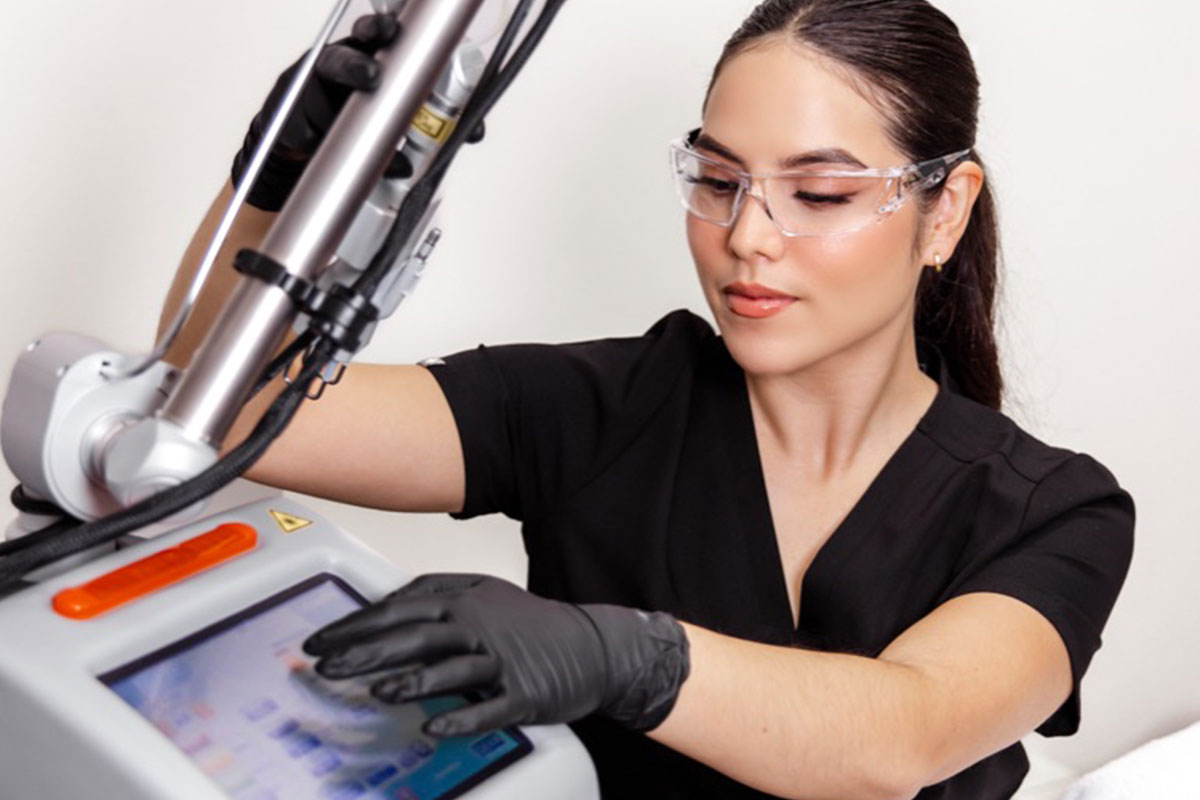
LASER TONING PEEL
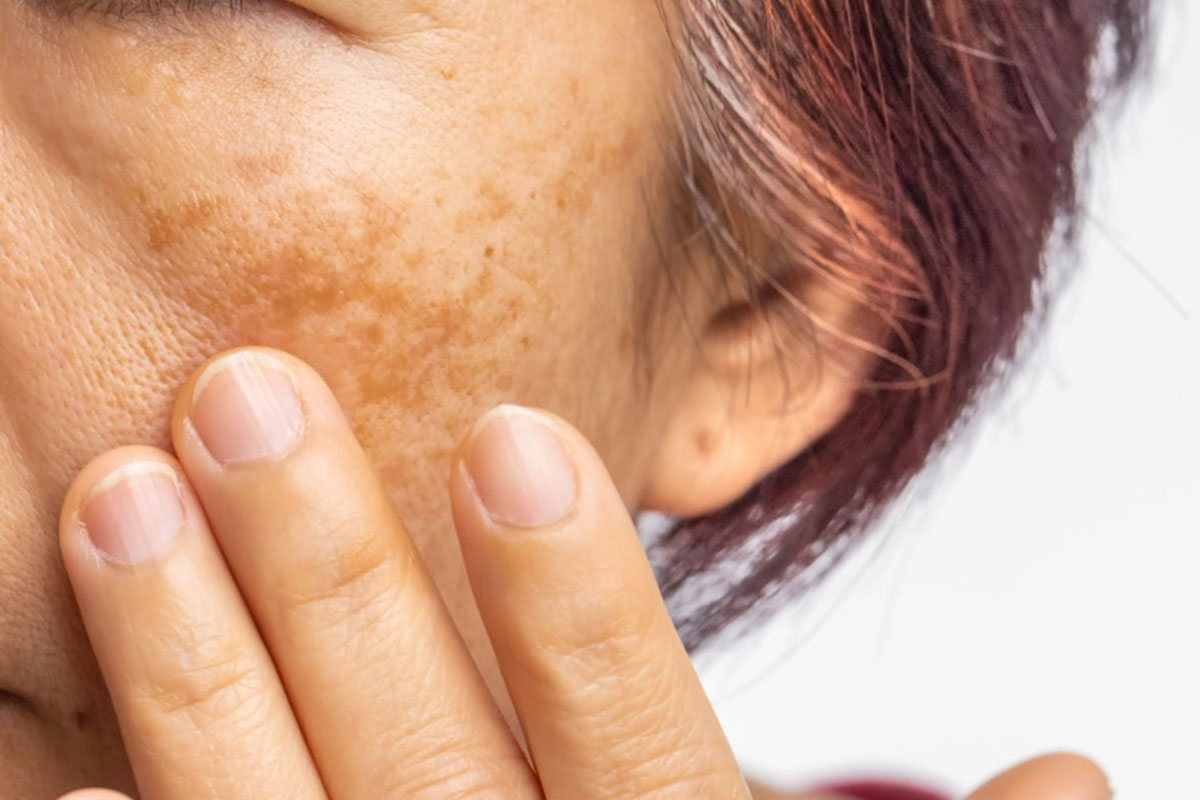
LASER PIGMENT PEEL
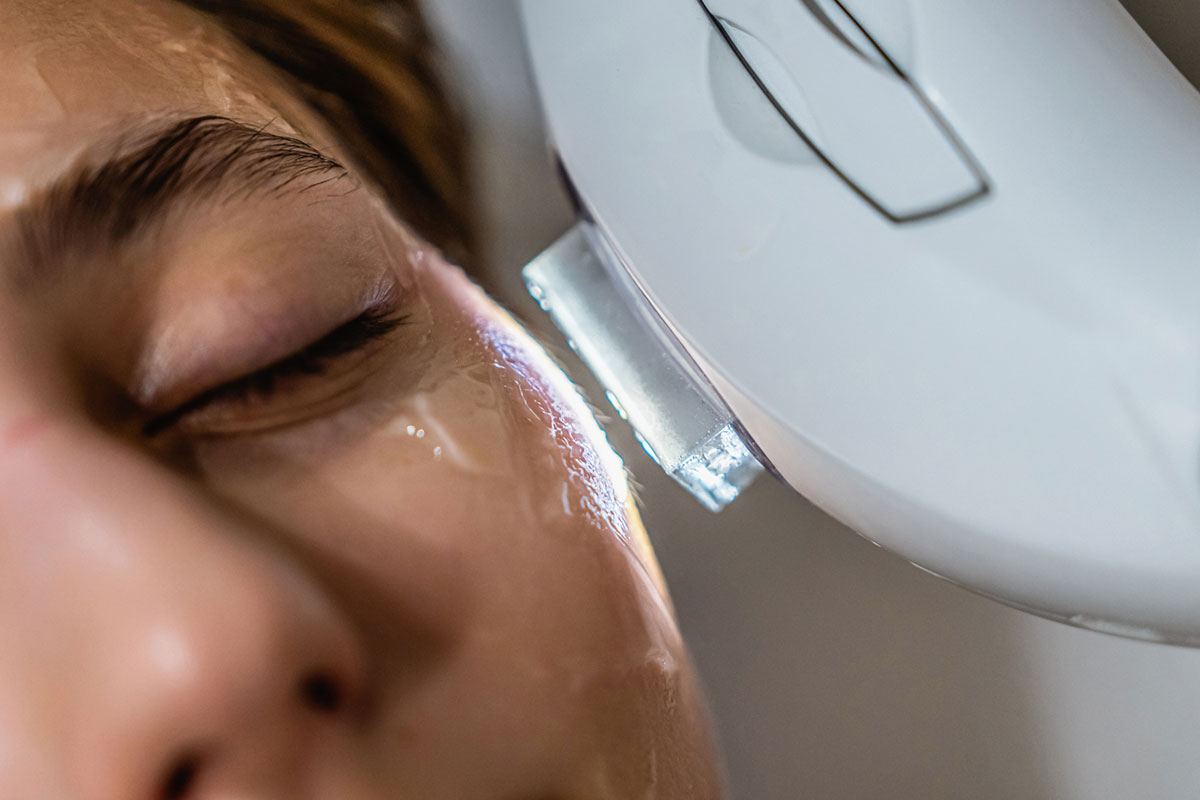
IPL SKIN REJUVENATION
IPL SKIN REJUVENATION
MORE INFO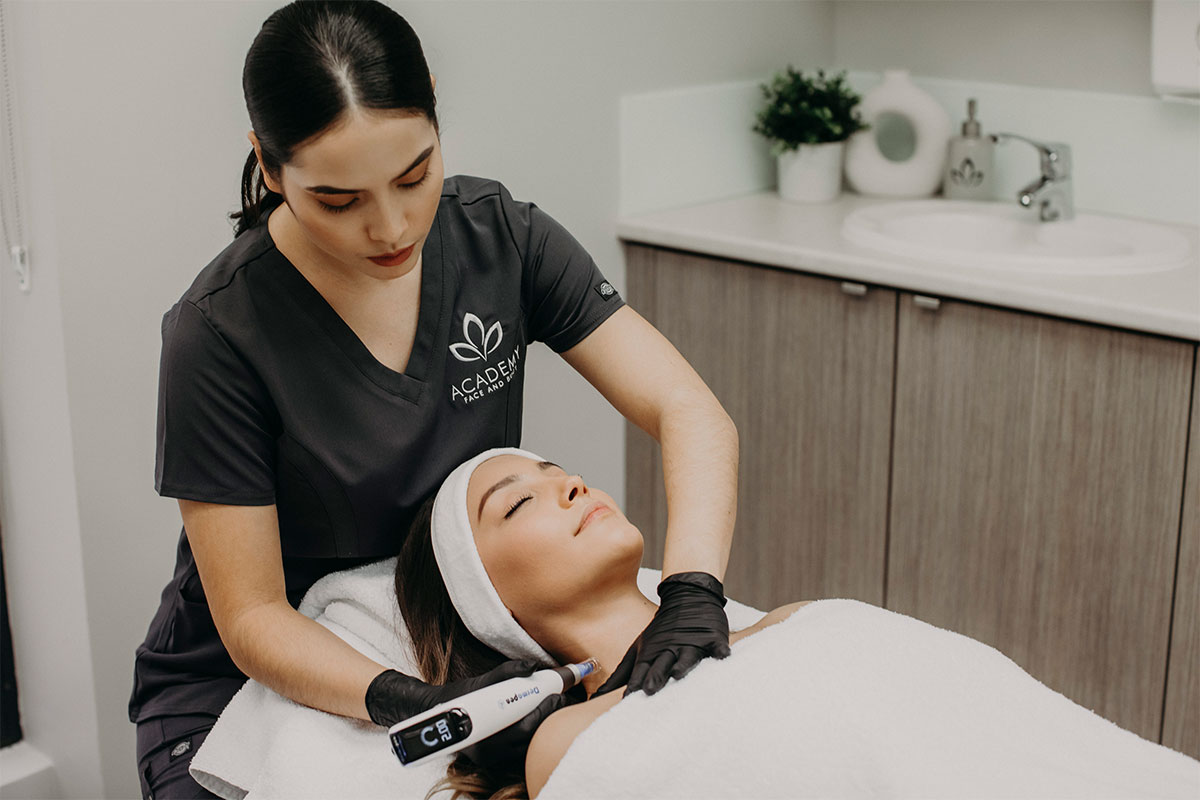
SKIN NEEDLING
SKIN NEEDLING
MORE INFO
DERMAMELAN
DERMAMELAN
MORE INFO
CLINICAL PEELS
CLINICAL PEELS
MORE INFO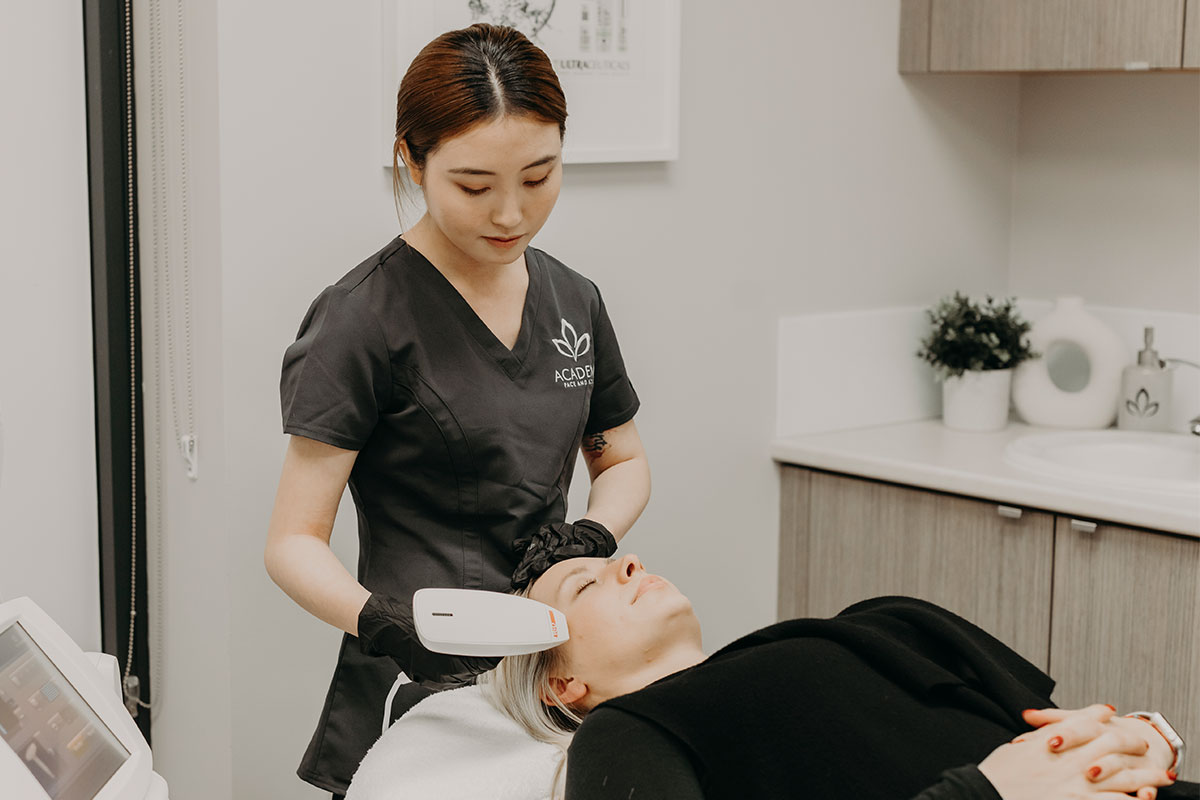
VENUS TRIBELLA REJUVENATION
VENUS TRIBELLA REJUVENATION
MORE INFO
COOLPEEL
COOLPEEL
MORE INFO
COREPEEL
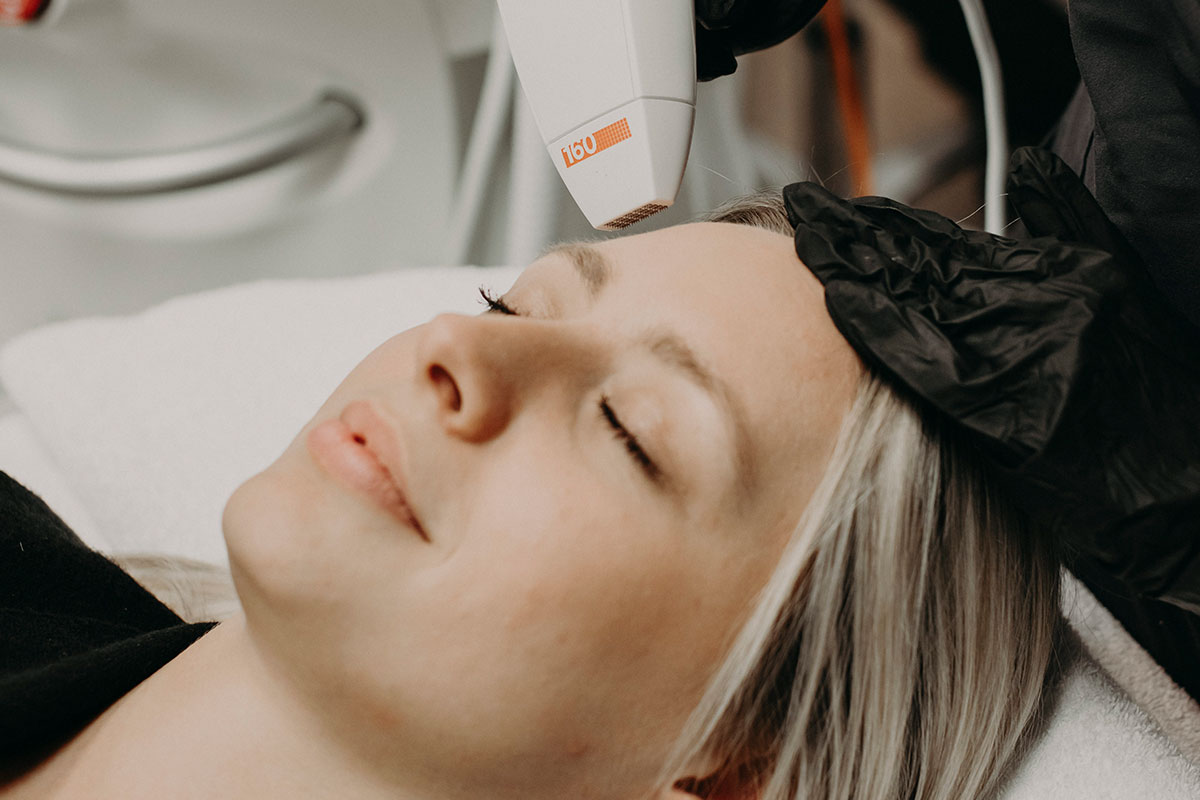
VIVA FRACTIONATED RF
VIVA FRACTIONATED RF
MORE INFO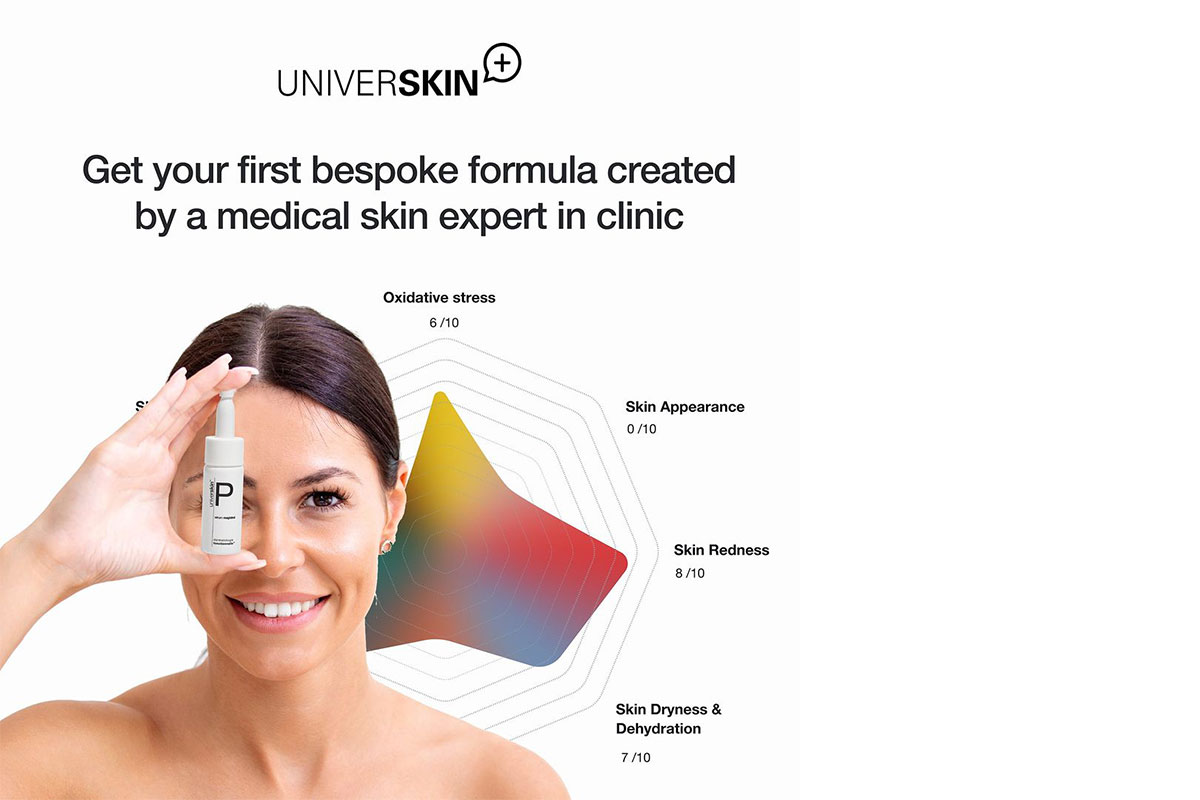
ONLINE UNIVERSKIN PRESCRIPTION
ONLINE UNIVERSKIN PRESCRIPTION
MORE INFOFrequently Asked
Questions
Pigmentation
Skin pigmentation refers to the colour of the skin, which is determined by the amount and type of melanin produced by melanocytes in the skin.
Melasma is a common skin condition that causes brown to gray-brown patches on the face, typically due to hormonal changes, sun exposure, or pregnancy.
Discover more
TREATMENTS
SKIN
Enquire Now
Connect with us for personalised assistance and support across our comprehensive range of services.
Leave us a message and we will get back to you as soon as possible.
For appointment changes, please call the clinic.

Schedule a consultation
consultation
If I am interested in cosmetic surgery, what now?
Your first step is an initial consultation with Dr Oates. During the consultation process, patients have the opportunity to gain a better understanding of the procedure, potential risks, post operative recovery and possible outcomes.
In accordance with AHPRA guidelines, we require all surgical patients, both medical and cosmetic, to obtain a GP referral before their consultation.
Complimentary Consultations
If you would prefer to explore our non-surgical aesthetic and dermal therapy treatments, we welcome you to schedule a complimentary consultation with one of our Dermal Therapists or Registered Nurses.
